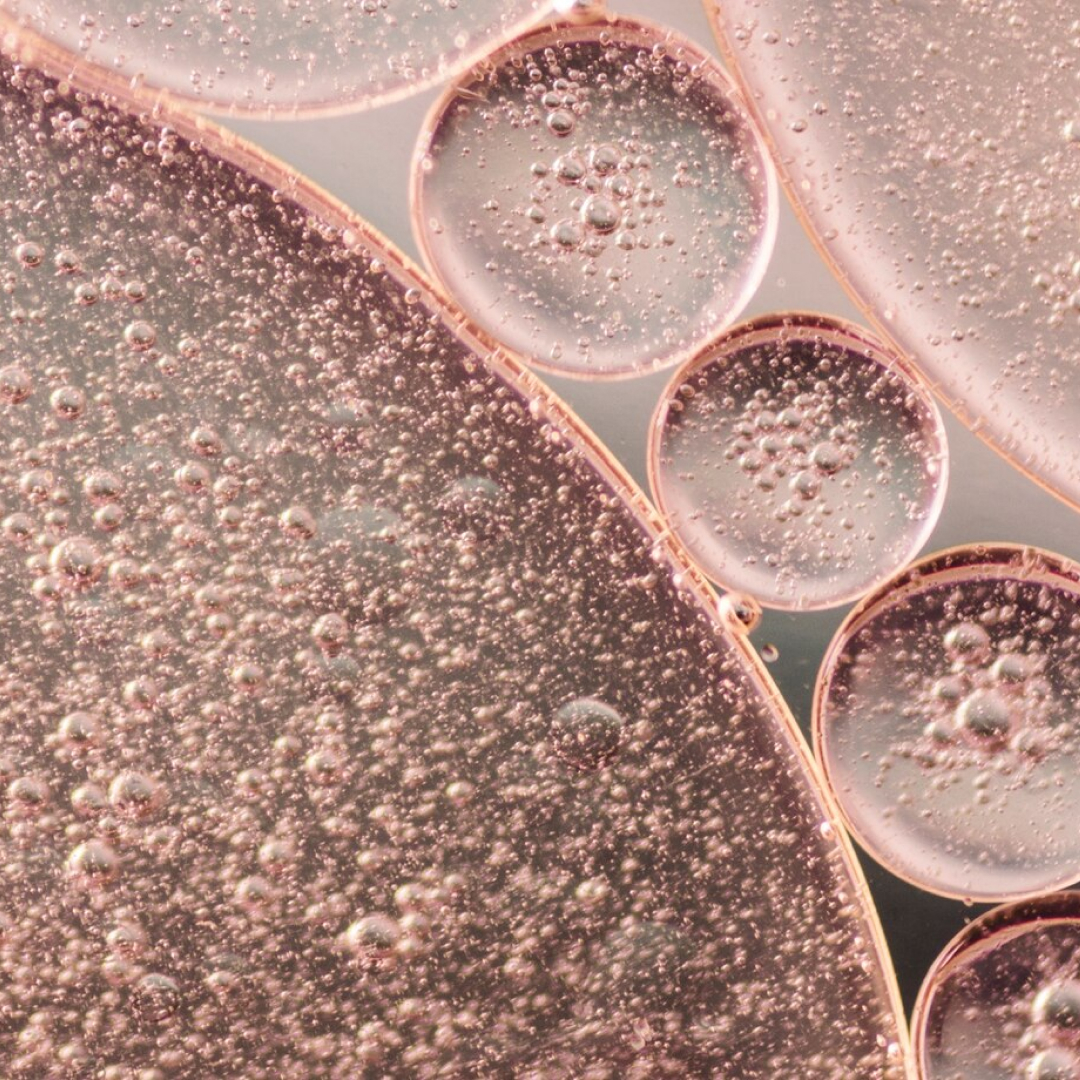In this article we will discuss the topics below:
What is the skin microbiome?
How did we get the microbiome?
How do I get a healthy microbiome?
A healthy microbiome is essential for optimal health and can be achieved by following a balanced diet, getting enough sleep, and engaging in regular physical activity. For example, a diet high in fiber and probiotics can help improve gut health by increasing the number of beneficial bacteria in the gut. Similarly, probiotics play a crucial role in maintaining our skin health.
What is the skin microbiome?
There are millions of bacteria, fungi, and viruses living on our skin, making up our microbiota. Bacteria aren’t always a bad thing — in fact, understanding how good bacteria support your health can help you lead a more balanced lifestyle inside and out. Like those in our gut, skin microorganisms play a key role in protecting against invading pathogens, educating our immune system, and maintaining the metabolic and hormonal equilibrium of the body (1–3).
Skin is the largest organ of the body and is the home to beneficial microorganisms that prevent pathogens from invading. Any imbalance in these microorganisms results in skin disorders. Acne, atopic dermatitis, psoriasis, and rosacea are some common skin conditions that arise due to an imbalance in the existing skin microbiome and disturbance in skin barrier function (1,4,5).
How did we get microbiome?
Even before birth, microorganisms colonize fetal skin. Initially, the flora of the new-born is low in diversity and similar to the flora of the delivery site, e.g. a vaginal delivery colonizes the skin with vaginal flora and a caesarean section. Neonatal skin colonization establishes immune tolerance to commensal bacteria during this early stage of life. Skin colonization by commensal skin microorganisms continues during breastfeeding. In parallel, microorganisms from the environment attempt to colonize the skin and scalp. Thus, by adulthood a final state of equilibrium is acquired with an diverse commensal skin and scalp microbiota that is unique for each individual (4,6).
How do I get a healthy microbiome?
The most crucial approach is to cease the negative impact on the microbiome.
Modern lifestyles, characterized by excessive cleanliness, sterility, and the use of various chemical skincare and cosmetic products, often lead to an imbalance in the skin’s microbiome. For instance, frequent use of generic cleansers that eliminate bacteria has been reported to disrupt the skin’s natural balance, potentially leading to skin barrier damage and irritation over time.
Which Factors adversely affect our skin microbiome?
- Modern lifestyle
- excessive cleanliness
- use of various skincare and cosmetic products
To restore balance to the skin microbiome, it is recommended to adopt a healthy, whole food-based diet, avoid overconsumption of processed foods, stay well-hydrated, and be mindful of skincare habits that may adversely affect the skin’s microbial community. Furthermore, the use of microbiome-friendly skincare products is emphasized as a key factor in maintaining a balanced and healthy skin microbiome.
How can we restore the microbiome balance of our skin?
- adopt a healthy, whole food-based diet
- avoid overconsumption of processed foods
- stay well-hydrated
- be mindful of skincare habits that may adversely affect the skin’s microbial community
- the use of microbiome-friendly skincare products
These products are designed to promote equilibrium within the skin’s microbial community, thereby contributing to improved skin health and overall well-being. Creating a microbiome-friendly skincare routine can help balance this system, leading to healthier, more radiant skin. The goal is to find equilibrium and maintain the balance of bacteria on your skin(6,7)
references

Leave A Comment